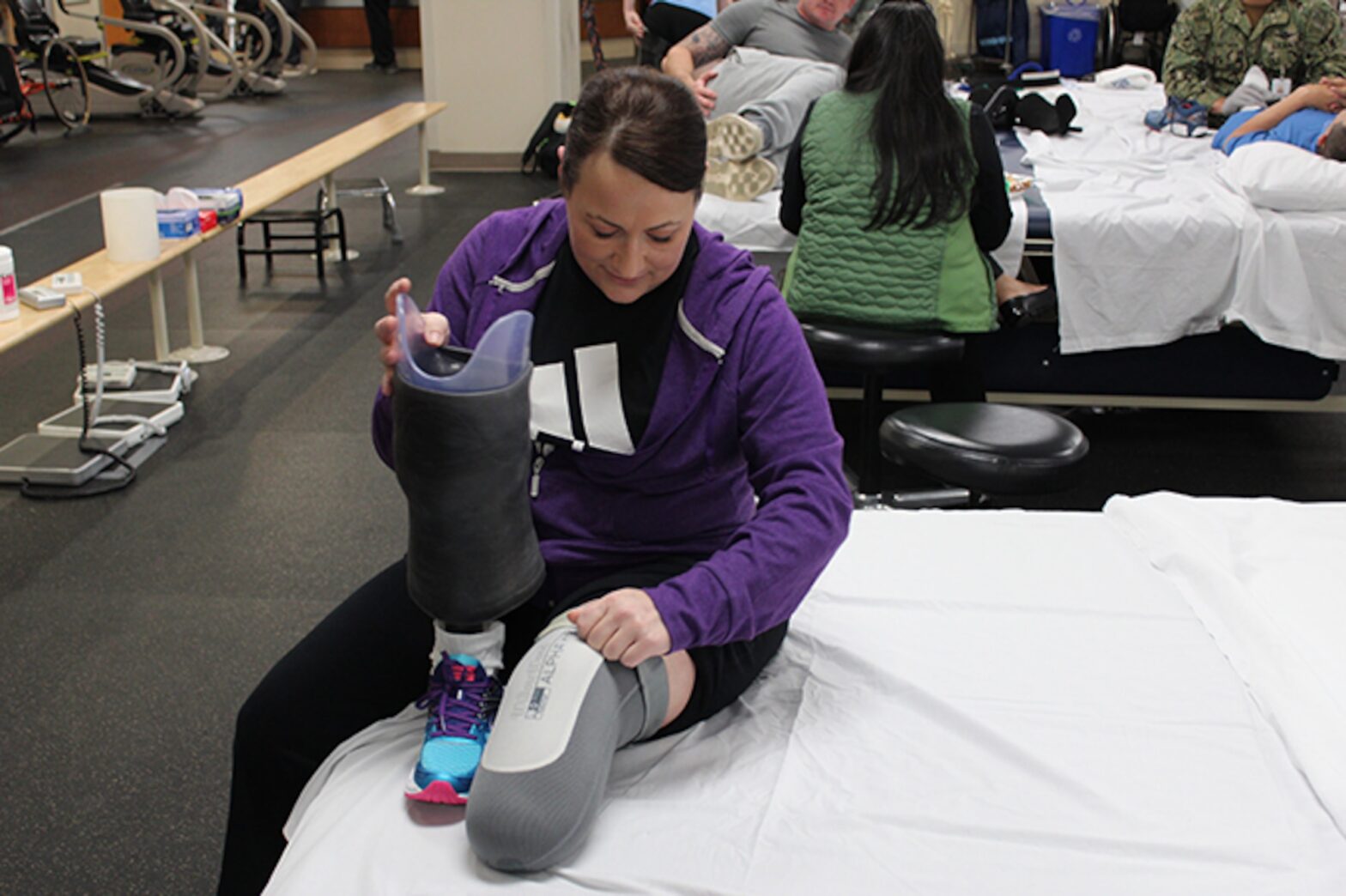The Dangers of Diabetic Foot Ulcers: A Path to Amputation
Diabetic foot ulcers are a serious complication of diabetes that can have devastating consequences. In severe cases, these ulcers can lead to amputation, the removal of a toe, foot, or part of a leg.
Understanding the factors that contribute to amputation and taking proactive steps to prevent them is crucial for individuals with diabetes.
How Diabetic Foot Ulcers Can Lead to Amputation
Diabetic foot ulcers are caused by a combination of factors, including:
- Nerve Damage (Neuropathy): High blood sugar levels can damage the nerves in the feet, leading to numbness or loss of sensation. This can make it difficult to detect and treat minor cuts or blisters, which can develop into ulcers.
- Poor Blood Flow (Peripheral Arterial Disease): Diabetes can also impair blood flow to the feet, making it difficult for wounds to heal and increasing the risk of infection.
- Foot Deformities: Conditions such as bunions or hammertoes can put additional pressure on the feet, making them more susceptible to ulcers.
When a diabetic foot ulcer becomes infected, it can spread rapidly and lead to tissue death. In severe cases, amputation may be necessary to prevent the infection from spreading further and causing more damage.
Risk Factors for Amputation
Several factors can increase the risk of amputation in individuals with diabetic foot ulcers:
- Poor Blood Sugar Control: High blood sugar levels can damage the nerves and blood vessels in the feet, increasing the risk of ulcers and infections.
- Smoking: Smoking reduces blood flow to the feet, making it more difficult for wounds to heal.
- Peripheral Arterial Disease: This condition, which is characterized by narrowed arteries in the legs, can also reduce blood flow to the feet.
- Diabetic Retinopathy: This condition, which affects the eyes, can also be a sign of poor blood sugar control and may increase the risk of amputation.
- Kidney Disease: Kidney disease can also be a sign of poor blood sugar control and may increase the risk of amputation.
Preventing Amputation
The best way to prevent amputation is to prevent diabetic foot ulcers from developing in the first place. This involves:
- Regular Foot Exams: Examine your feet daily for any signs of redness, swelling, blisters, or sores.
- Proper Footwear: Wear well-fitting shoes that provide adequate support and cushioning.
- Foot Care: Wash your feet daily with warm water and mild soap, and dry them thoroughly.
- Blood Sugar Control: Work with your healthcare provider to maintain good blood sugar control.
- Smoking Cessation: If you smoke, quitting can help improve blood flow to the feet and reduce the risk of amputation.
If you have diabetes and develop a foot ulcer, it is important to seek medical attention immediately. Early treatment can help prevent the ulcer from worsening and reduce the risk of amputation.
Conclusion
Diabetic foot ulcers are a serious complication of diabetes that can lead to amputation. By understanding the risk factors and taking proactive steps to prevent ulcers, individuals with diabetes can significantly reduce their risk of amputation and improve their overall foot health.
If you have diabetes, it is important to be vigilant about your foot care and to seek prompt medical attention if you notice any concerning symptoms.
